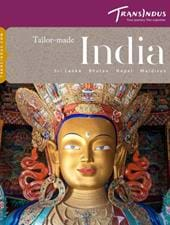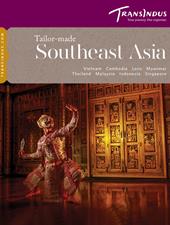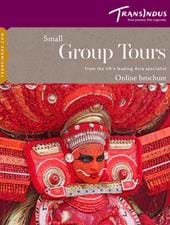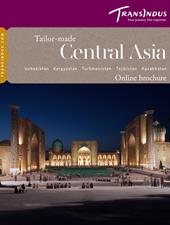A designated UNESCO World Heritage Site, The Nanda Devi Biosphere Reserve, also known as the Valley of Flowers National Park, surrounds the Nanda Devi Peak, India’s second highest mountain at (7816 m). The reserve is a spectacular repository of nature, home to several rare species of plants and endangered animals like the snow leopard, musk deer and Himalayan brown bear and is a prominent bird-watching zone.
Approached only by trek, from Joshimath, against a special permit. While this trek is moderately difficult, it commands a high level of personal fitness and fortitude as it takes you through many changing environments from a spectacular glacial basin, rugged patches of forests and flower beds with a steep altitude gain.
Many visitors stop at Ghangaria, a stunningly beautiful last point of human habitation in the Himalayas. A bustling village with spectacular views of the highest peaks, Ghangaria is home to two of the most revered Sikh Pilgrimage sites in India, Hemkunt Sahib, and Govindghat, attracting tens of thousands of worshipers every summer. Trekkers join the pilgrims, attracted by the glorious views, snow-capped mountains, lush greenery, sparkling streams and cascading waterfalls but stay on for the tranquillity and piety of the atmosphere. By mid-September deep snows begin to cover the valley and its passes, rendering it accessible and entirely enveloped in snow.
The reserve opens from May to October and the best time to visit is till September end.
Talk to our team for bespoke journeys to the Nanda Devi National Park
More related articles:
Take in the tranquillity of the Himalayas









